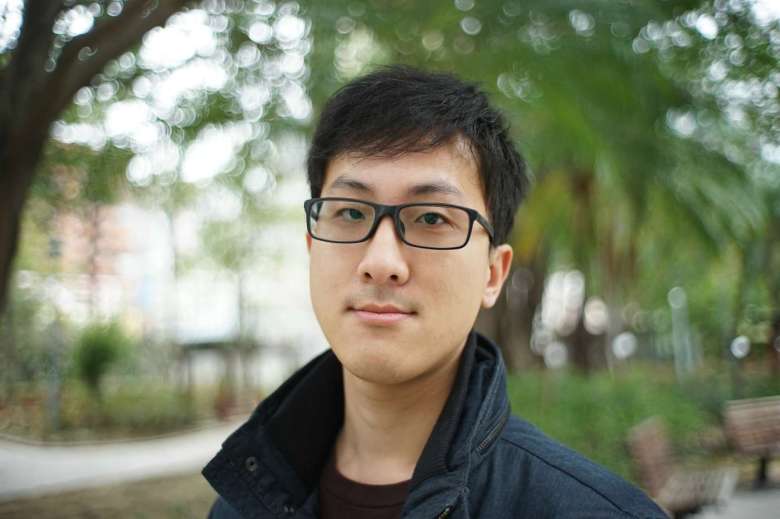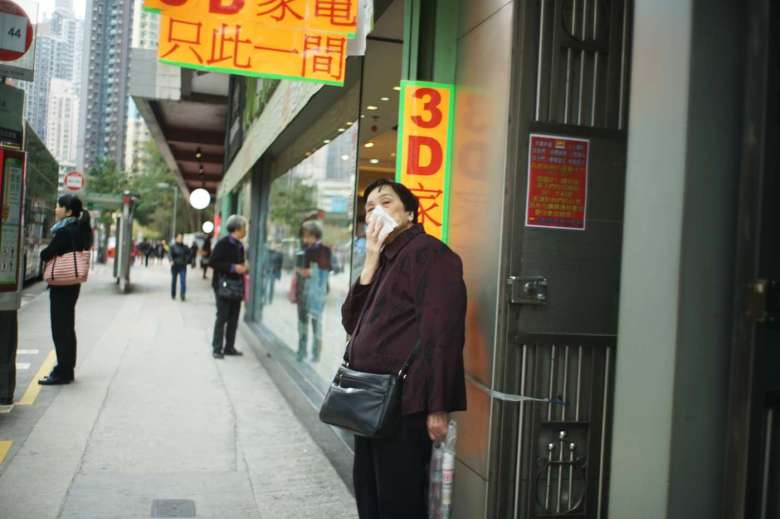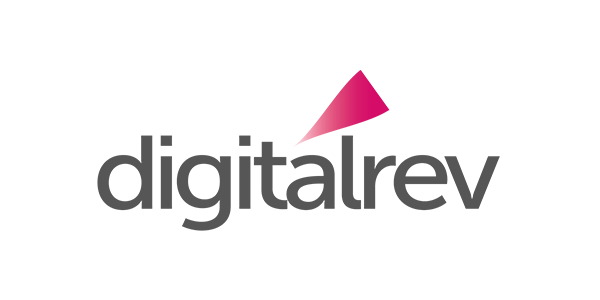Over the last two hundred years, some of the most talented engineers in history have continually dragged the concept of the camera out of the primordial soup of antiquity and into the future.
We’ve gone from Daguerreotype cameras to Kodak Brownies to digital medium-format marvels that combine past and present like the new Phase One collaboration with ALPA.

It works only with the a7 II and a7R II for now.
Yet throughout all this, the basic design of the optical lens itself has never evolved. It goes without saying that lenses have seen some progress; for example they are now sharper, reveal more contrast, and show less chromatic aberration and distortion than ever before.
Because the lens has always remained essentially the same—a cylinder with glass inside—photographers nowadays can quite easily bring back the hazy eyes of history through the use of adapters.
And while most adapters aimed at “dead” mounts like M42 or Canon FD have always allowed photographers to use the lenses on contemporary systems, focusing was almost always limited to manual (although Pentax did release the odd SMC Pentax-F 1.7x AF Adapter back in 1987 that enabled M42 lenses to autofocus).
Revolution
Two weeks ago we wrote about the TechArt AF, a Chinese-made adapter that will finally bring autofocus to both vintage and modern Leica M-mount lenses—including those made by Carl Zeiss, Voigtländer, and Minolta.
This M-mount adapter is just one version of the TechArt AF, and the company ambitiously plans to make one for almost all the major vintage 35mm mounts. Previously, they’ve done a Contax G to Sony E autofocus adapter, but the M-mount is far more popular.
It was originally announced in January, and after a short wait we’ve managed to get our hands on a pre-production model.
I spent an hour with the TechArt AF (bokeh.hk spent a steamy evening with it), and while it’s not flawless I was left feeling pretty impressed.
The build feels a little plasticky, but it’s definitely solid enough to last for a while (or until the next version). Most importantly, while the motor on the adapter is a bit rudimentary, it’s not as slow as we initially worried.

It was able to capture targets with relative accuracy, and didn’t get lost hunting for focus too often in bright, contrasty situations. Of course in darker environments this may not be the most optimal piece of gear to use, but the TechArt AF won’t have many problems with portraits outside.
Still, it’s not exactly the best tool to use for street photography, which many of these rangefinder lenses originally excelled at, and if you want to shoot fast while on the move we recommend that you switch off the AF motor and pre-focus these lenses manually.
On that note, as the lens protrudes out slightly from the sensor, manual focus at infinity is slightly affected when the AF motor is off. This is a known issue to TechArt, and their engineers are planning to fix that in the next generation model of this adapter.
Minolta Rokkor-M 40mm f/2.0
We were extremely lucky that the local Hong Kong distributors for TechArt, who also run a few second-hand camera stores in the city, loaned us the legendary Minolta Rokkor-M 40mm f/2.0.

The Minolta CLE / Wikipedia
The Rokkor 40mm was originally designed for the M-mount Minolta CLE (Compact Leica Electronic) back in 1980, and rumours have always insisted that it was built by Leica for Minolta in Germany.

Sony a7 II, Minolta Rokkor 40mm f/2.0 @ f/2.0, 1/650, ISO 400
Frankly, it’s a masterpiece. Aside from being compact and light, the Rokkor is superbly sharp and possesses a dazzling bokeh character. It’s amazing that such an exquisite piece of glass is available on Ebay for just around US$400-500, when nowadays a new Leica Summicron retails at around $2,000.

Sony a7 II, Minolta Rokkor 40mm f/2.0 @ f/2.0, 1/650, ISO 200
The fact that a photographer can acquire such a distinctive lens at such a price, and then use it on a state-of-the-art camera with autofocus is incredible, demonstrating just how important TechArt’s adapter is. Leica have justifiably created some of the most iconic lenses in history, and gaining the ability to use them with autofocus means photographers don’t have to take out a mortgage for Leica’s overpriced digital bodies.

Sony a7 II, Minolta Rokkor 40mm f/2.0 @ f/2.0, 1/650, ISO 400
Of course with famous lenses such as the Leica 50mm f/0.95 Noctilux, autofocus won’t help very much when the lens is wide open, and the same applies for the f/2.0 Rokkor or any other M-mount lens since they are all pretty fast.
As you can see in some samples below, while the camera and adapter did manage to track the subjects relatively quickly, they weren’t able to lock on 100% while I was moving and shooting, and the shallow depth-of-field certainly doesn’t help. There’s always the option to shoot at f/8 while on the move, but then again, you lose the distinctive bokeh of these M-mount lenses, which is the whole point of mounting them on in the first place.

Sony a7 II, Minolta Rokkor 40mm f/2.0 @ f/2.0, 1/650, ISO 400
So if your eyesight isn’t as sharp now as it used to be, or if you just never got the hang of focusing manually, raid Ebay safely without fear. Even though vintage Leica glass isn’t exactly a bargain, there are always gems to be found like the Rokkor.
The adapter itself is available in Hong Kong for around US$370, although TechArt’s Contax G-mount to Sony E-mount adapter is sold on Ebay for around US$270. So we aren’t exactly sure what the international price will be. Either way, if you are able to afford a M-mount lens, the price of this adapter should be just a side thought, and definitely worth it.

